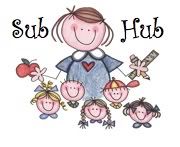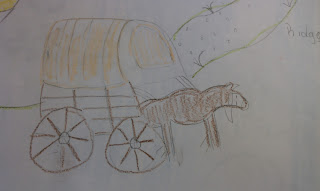We are getting ready to start our next semester and the Revolutionary War. Whenever you start a new unit, I think you need to HOOK them. Find out what they know and what they are thinking and then...you have their interest. I use a lot of art work to evoke feelings, share time period clothing/culture and give them a peek into the world of 1776.
I start by showing them some paintings and asking what do you notice? What do you wonder?
Then I ask a few questions like...what were the sides in the war? Who were some of the key players? (show pictures of Ben Franklin, George Washington) Were there any spies??? (James Armistead Lafayette)
I embedded a video clip from United Streaming too that shows events leading up to the war to give them a good introduction and preview into what is coming...
I end the powerpoint with the big idea:
I start by showing them some paintings and asking what do you notice? What do you wonder?
Then I ask a few questions like...what were the sides in the war? Who were some of the key players? (show pictures of Ben Franklin, George Washington) Were there any spies??? (James Armistead Lafayette)
I embedded a video clip from United Streaming too that shows events leading up to the war to give them a good introduction and preview into what is coming...
I end the powerpoint with the big idea:
Throughout history, many people have
fought to be free and govern themselves….

























